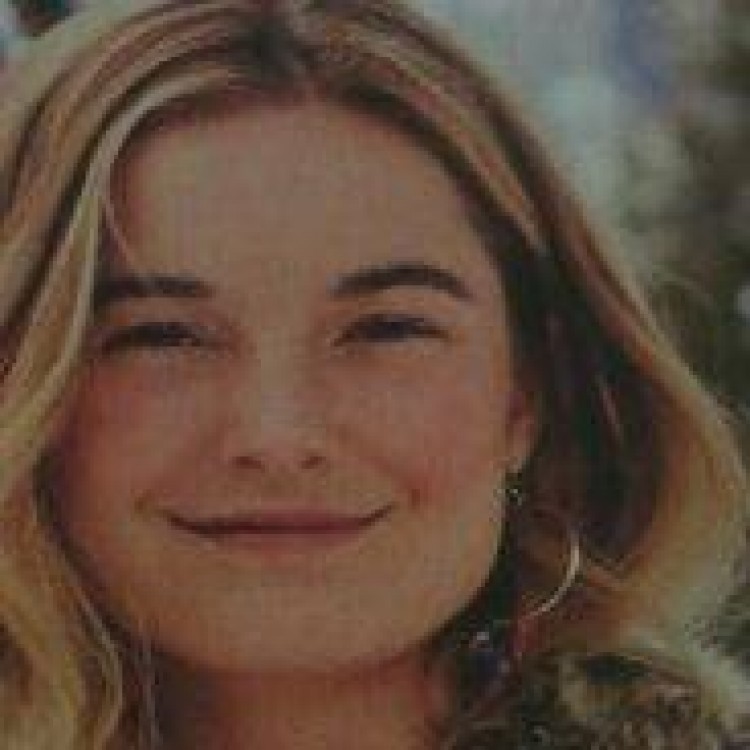Modern dance innovator, Martha Graham was born into a medical family in 1894. Her physician father was fascinated by how the body expresses the psychological, and the young girl was an eager student, adopting this physiognomic approach in her work. Martha’s family settled in Santa Barbara, California, in 1908, where she was further influenced by the crashing of the ocean’s waves and Eastern art. In 1916, she began dancing professionally at Denishawn, the Los Angeles dance school and troupe founded by Ruth St. Denis and Ted Shawn. Martha eagerly enveloped herself in the global dance tradition at Denishawn—native American tribal, classical, folk, and ecstatic religious mysticism. Shawn worked with Martha on “Xochitl,” a stunning Aztec ballet that showcased Martha’s hidden power and passion. She stayed with Denishawn until 1923 when she decided their eclectics bordered on scattered, heading east for the Greenwich Follies. The next year found Martha teaching and experimenting with dance at Rochester’s Eastman School.
Martha Graham appeared in New York as an independent dancer and choreographer for the first time in 1926. Critics were pleased with her grace and elegance in “The Three Gopi Maidens” and “Danse Languide.” The following year, Graham had dug deeper into her own creative source. Her new dances were stripped-down, purer, less to the taste of New York’s taste-makers who declared her work, “ugly, stark, and obscure.” Her signature movements spiraled out from a contracting of the torso. She was compared to Nijinsky for being completely unafraid to appear unattractive in the passionate throes of expression.
In 1927, she performed “Revolt,” perhaps the first protest dance staged in America. With Arthur Honegger’s modern avant garde music, Graham’s “Revolt” shocked audiences, causing a hue and cry of protest to her protest dance. The following period proved Martha’s hard work and dedication to innovation with “Frontier,” which featured sculptural set-pieces by Isamu Noguchi; “Primitive Mysteries,” scored for Martha by a fine composer, Louis Horst; “Night Journey,” a retelling of the Oedipus myth through the eyes of Jocasta; and “Letter to the World,” interpretations of Emily Dickinson’s poetry and life. In a career that spanned more than fifty years, Martha Graham went on to create nearly 200 original dances, choreograph over 160 ballets, form her own school and company, and attain recognition as one of the most influential dancers of all time. The first to present modern dance sessions in ballet houses, Graham danced “to objectify in physical form my beliefs…”
“[Graham created] a dance technique that has become the basis of the education of hundreds of thousands of dancers around the world and establishing a new form for dance and twentieth century theater.”
— from the Scripps American Dance Festival award honoring Martha Graham
Original post here!


